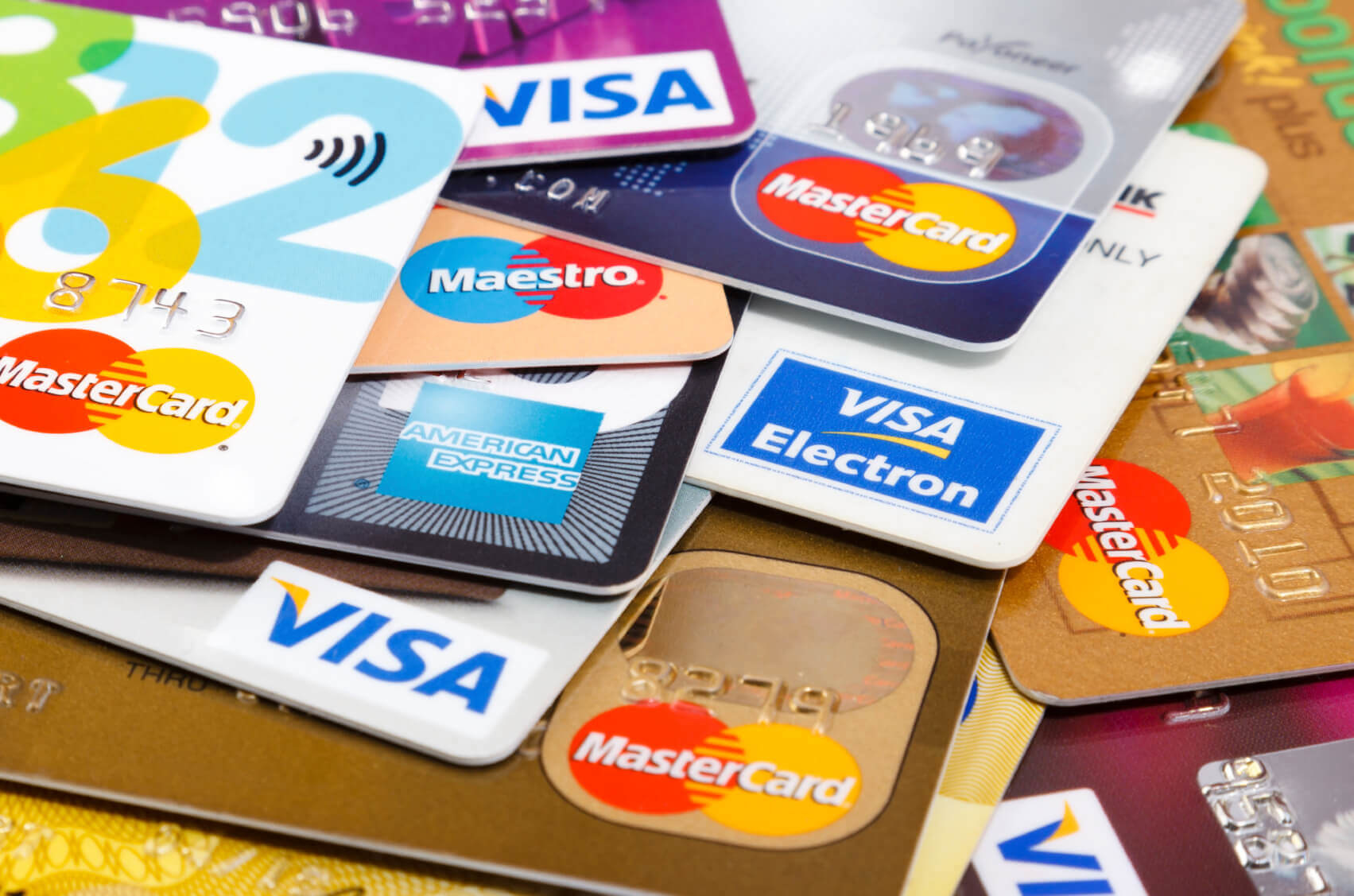
Consolidated Credit
Sometimes your spending spirals out of control. Once you realize that you’ve lost control of your debt, you need a plan of action to get your finances back on track. No matter what situation you’re in, the relief of a debt-free life is a feasible goal. Take these simple steps to assess and then improve

